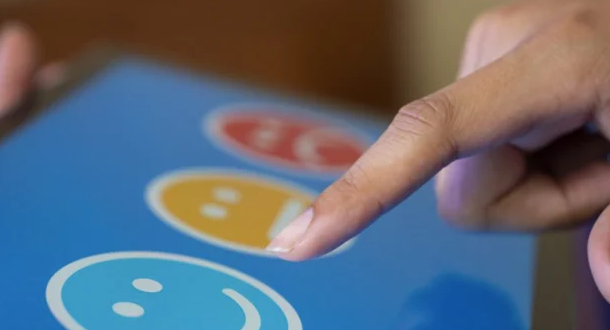The flywheel model versus the funnel: where is the innovation?
The flywheel concept is a business model crafted by HubSpot in which the business strategy revolves entirely around the customer experience. This creates the momentum needed to move forward. Traditionally, in physics, a flywheel is a wheel with an excellent ability to store and release energy - and this is exactly how it is used in defining business strategy. However, the power of a flywheel depends on three factors:
- How fast it spins (due to the power of marketing strategies and customer service programs)
- The friction it experiences (anything that hinders growth: poor processes, poor communication, delayed complaint handling, etc.).
- How big it is (the more promoters you build, the better the flywheel momentum is able to support your business)
The customer is at the center of the strategy. Around that you find the different departments of the company. This concept puts an end to the longstanding image of business strategy as a funnel, in which customers were seen purely as results, with no momentum after the moment of purchase.
Why the new flywheel is so important
The problem is that the customer has changed, but your business strategy has remained stagnant. The traditional business funnel normally looks like this:
- A large number of people know the company
- A smaller number of people interact with the company
- The smallest number of people actually buy something
In the funnel model, customers are the end result. After the moment of purchase, nothing else happens. That's a problem for today's customer, who wants more than to purely undergo the sales transaction: customers want to negotiate what and how to sell. They want to work with you. Skip this, and you've lost not only their interest, but also valuable time to bring them in. Yes, you now have the result of your product or service being purchased.... but that's not the end of it.
In the flywheel model, customers are rightly central to a company's growth because they can have a huge impact on potential customers, and even people who don't know your brand at all.
Why is this new approach so important?
Because you make different decisions when you look at your business from the perspective of a flywheel, rather than through a funnel. Your decision-making doesn't revolve around the customer as the end goal, but instead centers around your company's ecosystem as a whole. This is essential because every aspect of your business - every team, department and customer segment - affects the whole. For example, if marketing and sales are not working together on a strategy to acquire and keep customers happy, there is little growth to be expected from your business. Who will promote your brand and what momentum can you count on to keep your flywheel turning?
According to HubSpot, both their new flywheel model and inbound marketing matter if a business is to grow. When you put the two together, you arrive at a sophisticated holistic strategy that puts the customer experience at the center:
- Attract: During the Attract phase, your company comes to the attention of strangers. During this phase, you identify with these strangers and help them discover their pain points through useful, leading-edge content. The focus is not yet on "winning them over"; you want to earn their trust based on solid content marketing.
- Engage: When strangers choose to contact your company, they become prospects. During this phase, you let them see that your company can solve their problem or meet their needs. The Engage phase aims to make it as easy as possible for prospects to learn more about the products or services they need, and to negotiate the purchase at the time and channel that is most convenient for them. To do this, you deploy marketing and sales tools such as lead flows,email marketing, website personalization and multichannel communications. During the Engage phase, prospects turn into customers (this is also called the Decision phase).
- Delight: Customers become happy customers the moment you exceed their expectations. Typically, tools such as personalization, automation, self-service tools (supporting chatbots, for example) and loyalty programs are used for this purpose. Enthusiastic customers are your company's promoters, who in turn recommend it to others ... and so the flywheel gets more and more momentum.
With this new flywheel strategy, not only do you bring all your teams together to work on common goals, but you also leverage happy customers for promotion. Couple this with the power of inbound strategies and automation software like HubSpot, and with the flywheel you have an important tool on your hands to achieve hefty business growth.





